
- Sound House online course
- Guitar lessons for beginners
- How to connect pedals and the order to connect them in | Getting it right, all the way to delay & reverb
How to connect pedals and the order to connect them in | Getting it right, all the way to delay & reverb
The fun of compact pedals is experimenting with the order, enjoying the various sounds as the order is changed.To draw out the characteristics of eachpedal, let's try a lot of variations. We will introduce the basic order of connection as the following.
■"Patch cables" are recommended when connecting the pedals!
You will need cables to connect the pedals to each other.
Since it is difficult to maneuver long cable, use short patch cables of about 10-20cm in length.
Soft cables and compact plugs will help in saving space, and there is a wide assortment of products including DIY kits that allow you to make cables for the length you require.
Even if one by one the cables are short, the total length can be daunting. Since this also significantly affects the sound quality, it is a point that every guitarist needs to keep in mind.
■ Buffer
The output signal from a guitar is high-impedance, is converted by a pedal to be converted to low-impedance, which is less susceptible to noise.
The guitar is typically connected directly to this.
■ Compressor / Limiter
Pedals such as compressors and limiters, are used to adjust the volume.
Once the desired sound has been obtained, this is connected to drive, delay / reverb.
■ Drive pedal
Overdrive and distortion are synonymous with the drive pedal for electric guitar sound. You could say this is the pedal that concerns guitarists most.
It's important to place these in a position close to the guitar. In order to have a clear delay and reverb effect, the drive pedal is commonly connected prior to delay and reverb, unless you are intentionally looking for a different sound. The booster is effective in changing sound in any position. Placed before the main drive pedal will increase drive (gain booster), while placing it after the main drive pedal will increase the volume (Volume Booster).
■ Fuzz
Among dirve pedals, fuzz provides a rather violent sound, so there are many ""Fuzz Freaks"" amongst guitarists.
Usually, you can connect the fuzz in the same position as other drive pedals, but assome models are made on the assumption that the input will be high impedance, you may not be able to obtain the full sound you're looking for.
At that time, remove the wah and volume pedals and connecting directly to the guitar may improve the sound.
■ Chorus / Flanger / Phaser, etc.
Chorus, phaser aned flanger pedals add modulation to the output.
There is a tendency to leave this for last in the connections for a clear effect, particularly if you want to get a more ambient sound.
In many cases connecting the chorus before the drive adds a heavy doubling sound, or as with the flanger before the drive, you can get an extreme jet sound.
■ Delay / Reverb
As the names suggest, these add delay and reverb, which refers to the reverberation.
It is common to connect these to the tail of the signal in order to obtain a clear effect sound.
■ Volume pedal
This pedal adjusts the volume.
There are two types, high impedance and low impedance. High impedance is connected immediately after the guitar, while low impedance is connected at the end (immediately before the amplifier).
If connected before the drive, you can adjust the amount of drive, and connecting after the drive will allow you to raise or lower the volume of the entire sound, without affecting the drive sound.
■ Wah pedal
Wah pedals are used for funky cutting and wild lead play. The wah adjusts the frequency being boosted creating that wah-wah sound.
It is common to connect it in front of the drive, but a more radical, dense sound can be obtained if placed after the drive.
■ Equalizer
A pedal that boosts / cuts desired frequencies. Sound quality will change greatly depending on whether it is beofre or after the drive.
When connected before the drive, it will adjust the texture and volume of the drive. If you connected after the drive, you can feel the effect more clearly.
■ Pitch shifter
Pitch shifters, harmonizers and Whammies change the pitch of the guitar output.
In order to get a clear pitch, these are usually placed in front of the drive as distortion also increase harmonics.
The Whammy can give you some more extreme sounds if you dare to connect it after after the drive.
■ Power Supply
A device for supplying power to a number of pedals.
It is not directly related to the flow of the sound of the signal, but it is closely related to sound quality and noise.
If you're increasing the number of pedals, it is worth checking these out to improve your sound quality!
■ Connection example using the send return
There are two kinds of amplifiers: the pre-amplifier creates the sound, while the power amplifier increases the sound.
Using the Send Return (effects loop) allows you to connect effects between the preamp and power amp.
Generally speaking, when you use Send Return, you can apply effects after the amplifier drive and equalizer.
When using the distortion of the amplifier, delay/reverb can be connected, and a clear effects sound can be obtained.
Repeat a variety of experiments, and aim for the sound you want!




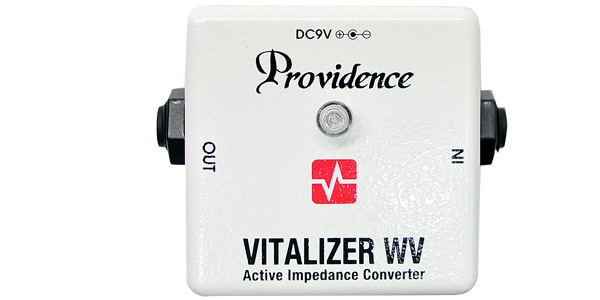 PROVIDENCE/VZW-1
PROVIDENCE/VZW-1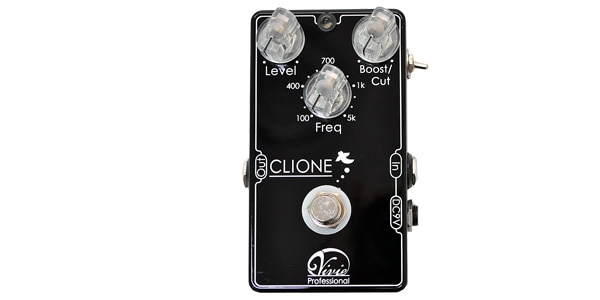 Vivie/CLIONE
Vivie/CLIONE Buffer List
Buffer List BOSS/CS-3
BOSS/CS-3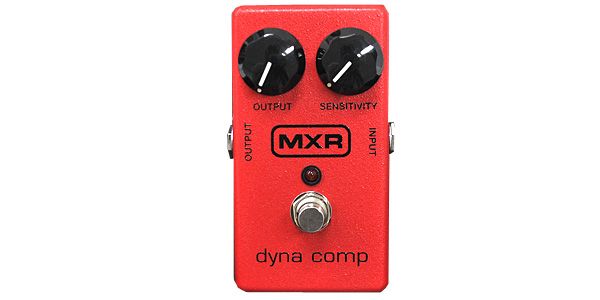 MXR/Dyna Comp
MXR/Dyna Comp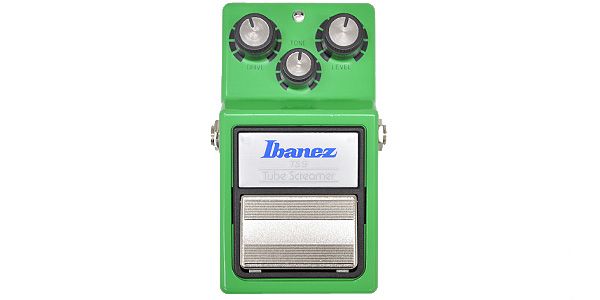 IBANEZ/TS-9
IBANEZ/TS-9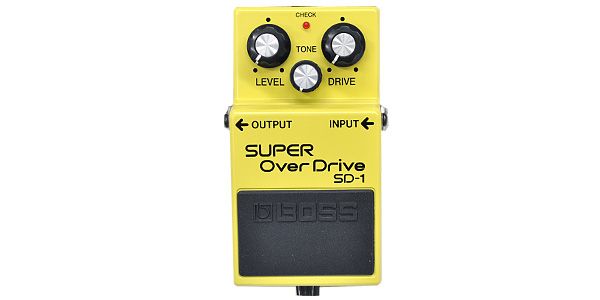 BOSS/SD-1
BOSS/SD-1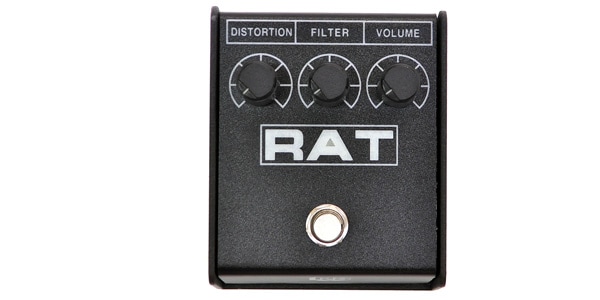 PROCO/RAT2
PROCO/RAT2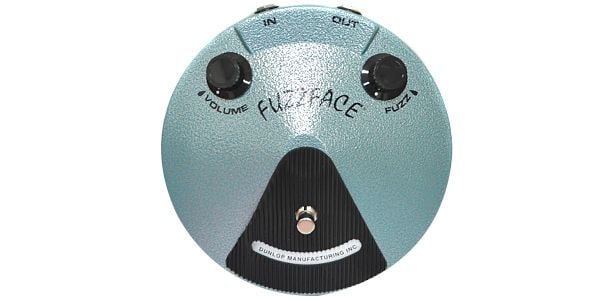 JIM DUNLOP / Fuzz Face
JIM DUNLOP / Fuzz Face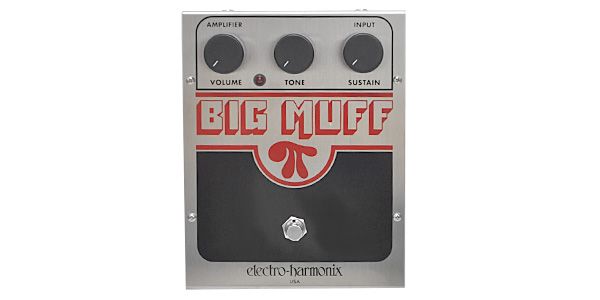 ELECTRO-HARMONIX / Big Muff Pi Original
ELECTRO-HARMONIX / Big Muff Pi Original Fuzz list
Fuzz list Chorus / Flanger list
Chorus / Flanger list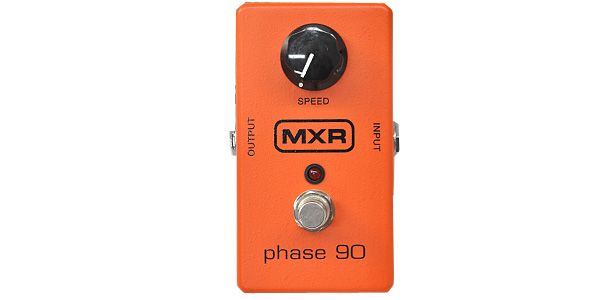 Phaser list
Phaser list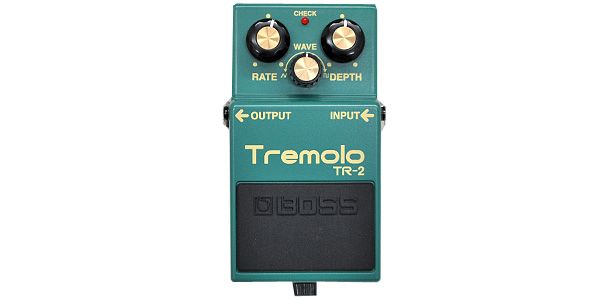 Tremolo vibrato list
Tremolo vibrato list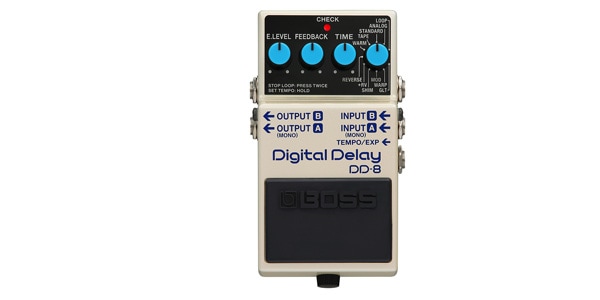 BOSS/DD-8
BOSS/DD-8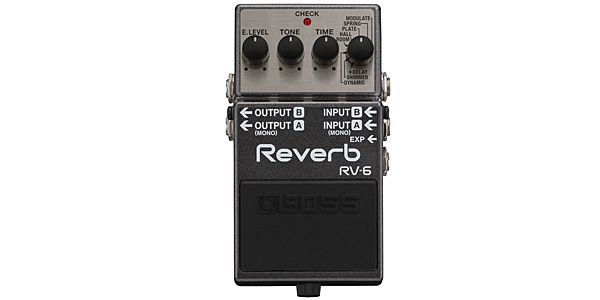 BOSS/RV-6
BOSS/RV-6 BOSS/FV-500L
BOSS/FV-500L BOSS/FV-500H
BOSS/FV-500H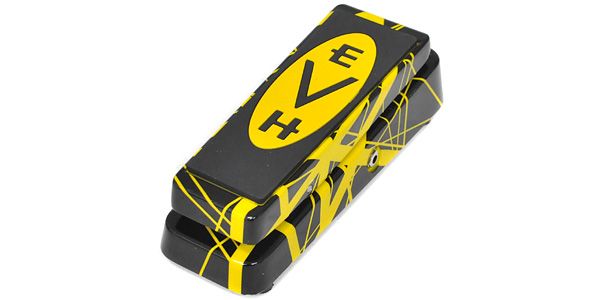 JIM DUNLOP/EVH Signature Wah
JIM DUNLOP/EVH Signature Wah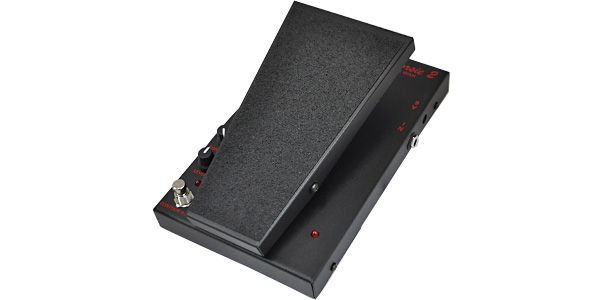 MORLEY/BAD HORSIE 2
MORLEY/BAD HORSIE 2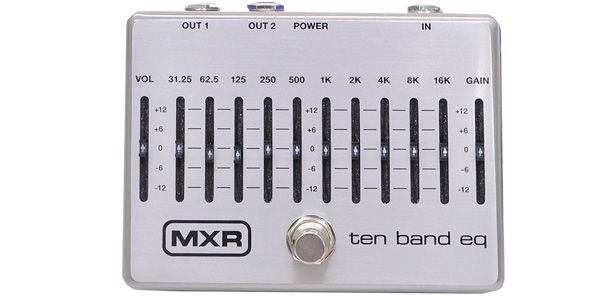 MXR / M108S
MXR / M108S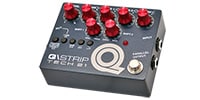 TECH21 / Q STRIP
TECH21 / Q STRIP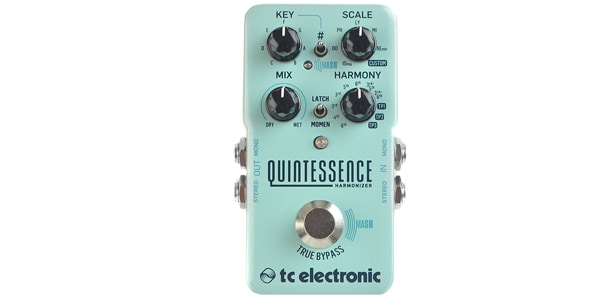 TC ELECTRONIC/Quintessence Harmonizer
TC ELECTRONIC/Quintessence Harmonizer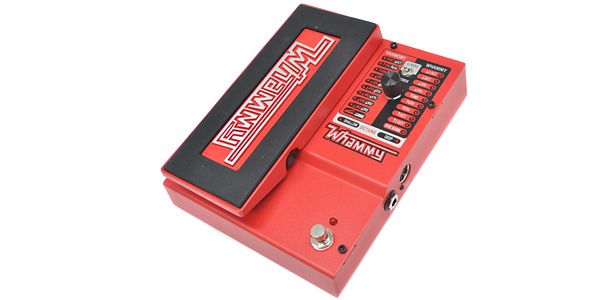 DIGITECH/WHAMMY 5
DIGITECH/WHAMMY 5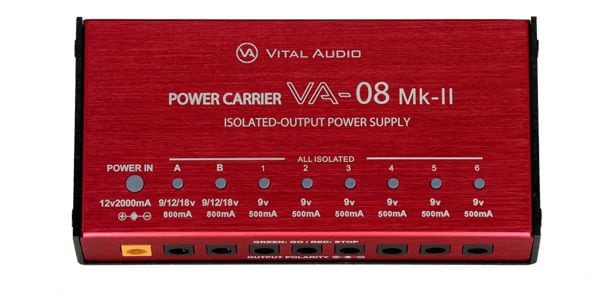 VITAL AUDIO/POWER CARRIER VA-08 MKII
VITAL AUDIO/POWER CARRIER VA-08 MKII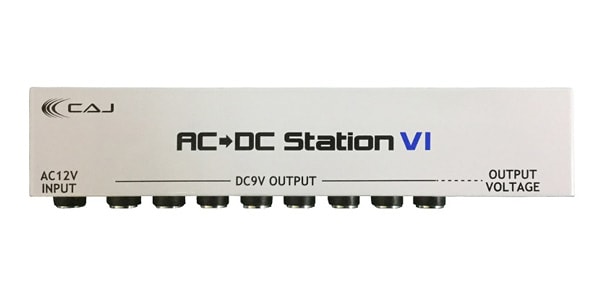 CUSTOM AUDIO JAPAN/AC/DC Station VI
CUSTOM AUDIO JAPAN/AC/DC Station VI









